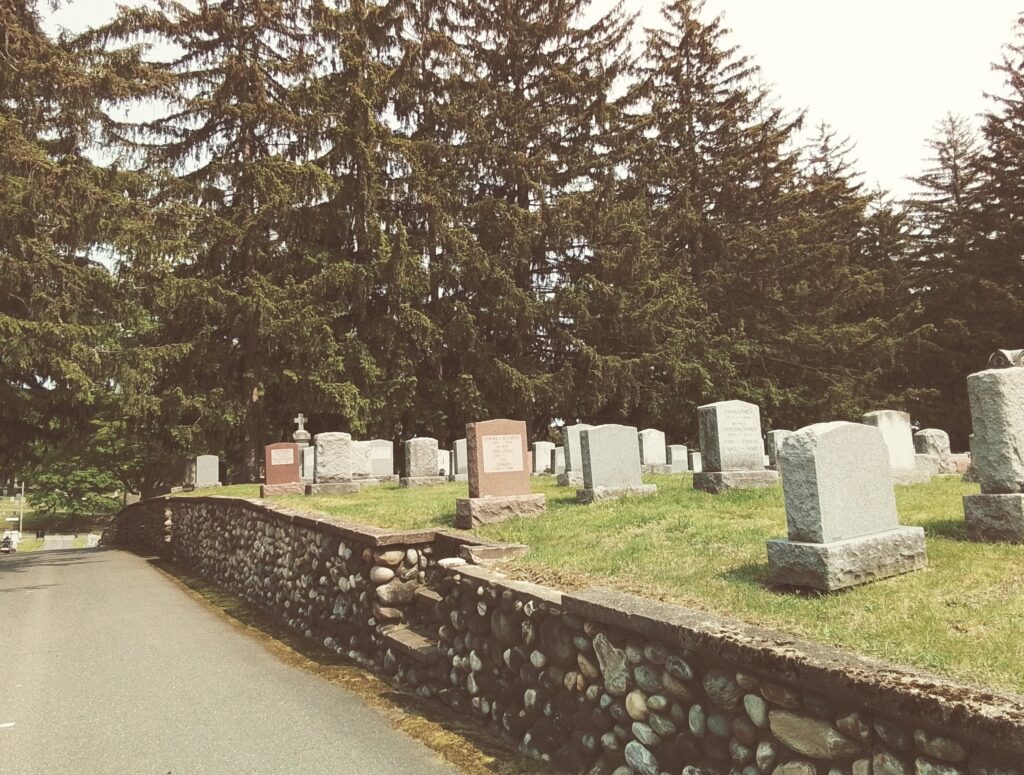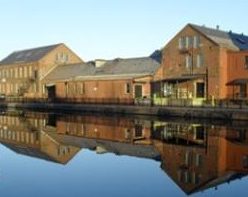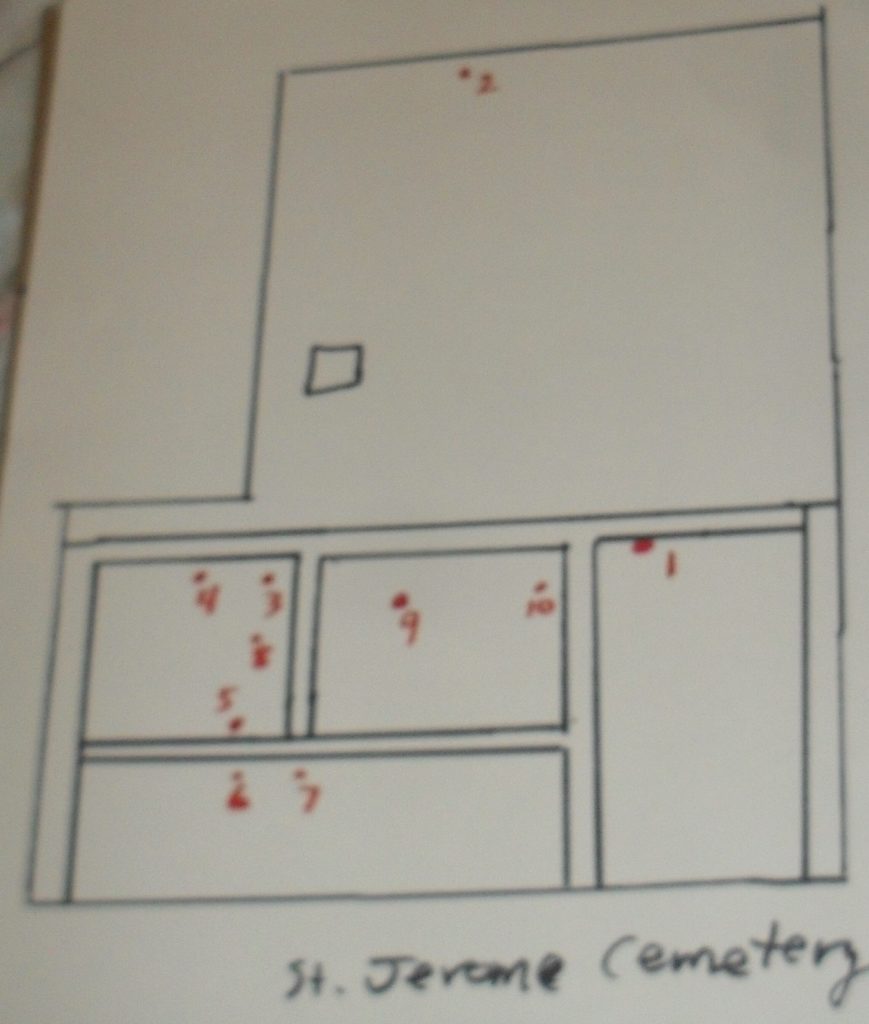
- Private GROUP TOUR (COSTS) is one hour long for this Saint Jerome Cemetery walking tour. Also a one hour indoor presentation can be given.
- A free public tour comes up every five years.
- A self-tour is available for anyone using the maps and text seen below. – LOCATION
stop 1 – Cross and Priests’ Gravestones
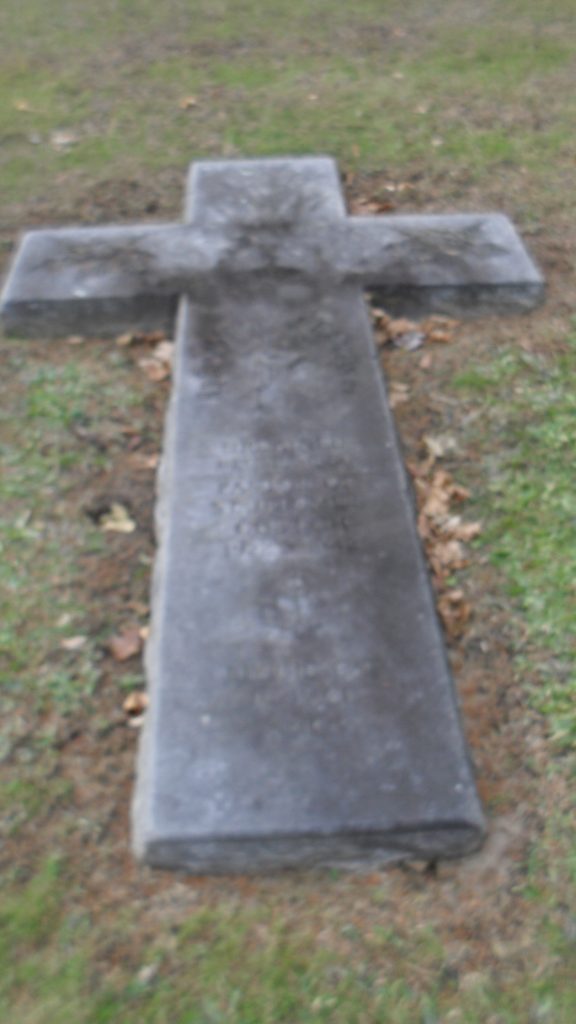
Saint Jerome Cemetery was only accessible via a lane from the side roads to the north and south. It was not until Saint Jerome Avenue was put in place in 1893 that it had a road to its gates. The cemetery was started in 1866 with the name Roman Catholic Cemetery of Holyoke. In 1911 the name was finally changed to St Jerome Cemetery.
John Fagan was the 5th pastor at Saint Jerome’s Church. He stayed for 20 years. He had built the large crucifix in front of you. On the back of it there is a message to all the parish. Andrew Martin was the 6th pastor and he stayed for 26 years. Daniel Foley was the 9th pastor. Jeremiah O’Callaghan was the first and he is buried alongside the church. James Sullivan was the 2nd pastor and he started this cemetery. He is not buried here. Holy Cross Church also uses this cemetery. Its first two pastors served for 65 years combined. They are buried here – John Ivers and James Hanrahan.
stop 2 – modern cemetery
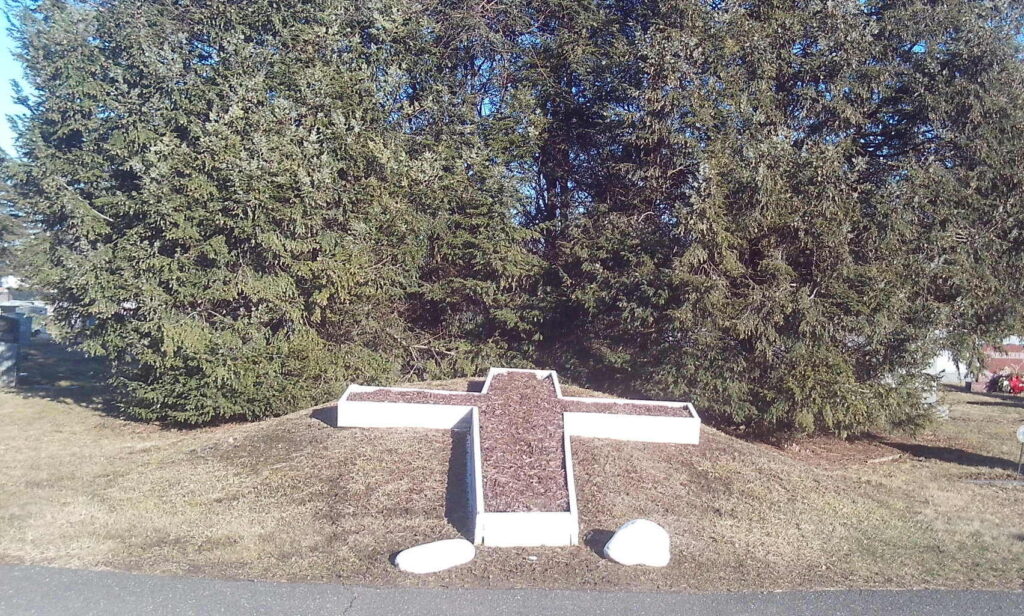
The cemetery was expanded greatly in the early 1900s. Maps of the grounds are available from the church office. In front of you is buried Henry Fitzpatrick who was principal at Holyoke High School. The ice rink in Holyoke is named for him.
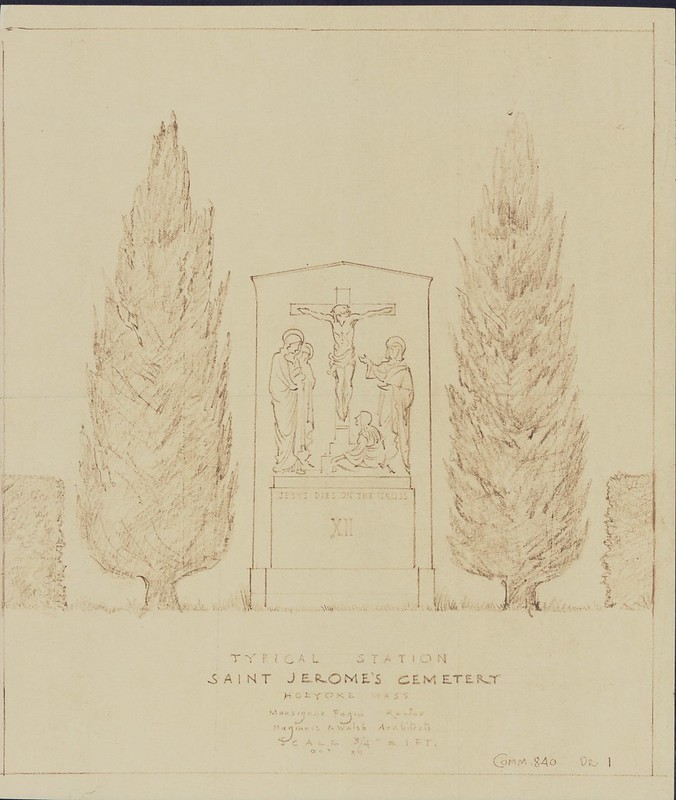
In 1939, the Olmsted Brothers drew up designed for this St Jerome Cemetery. These plans were never followed. See one of the planned stations above.
stop 3 – Patrick Harkins
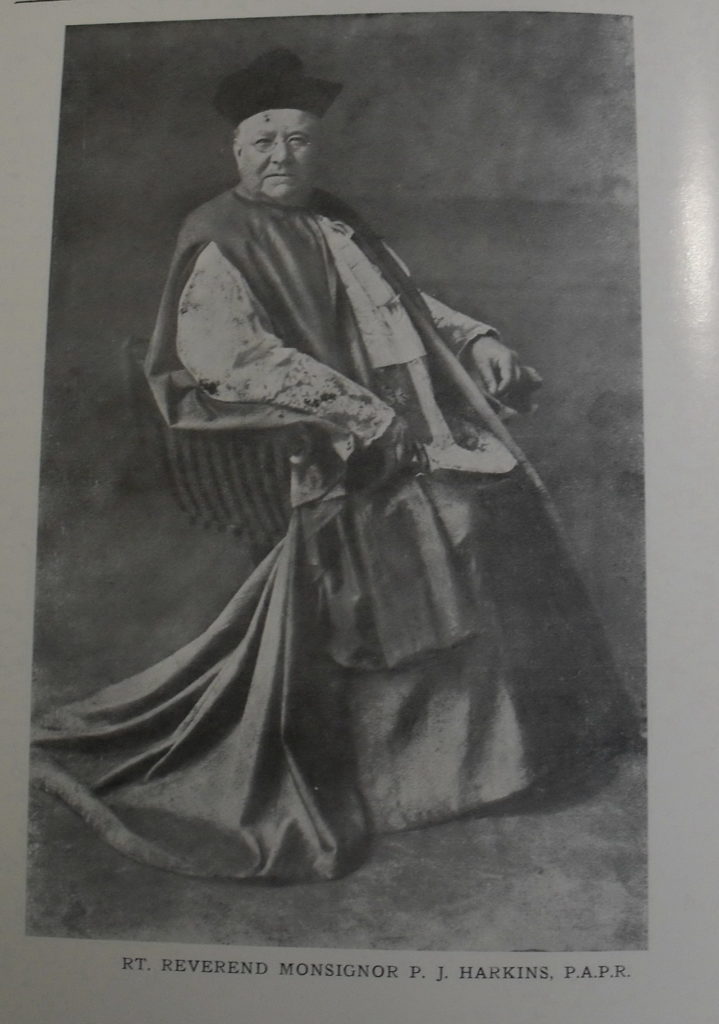
Patrick Harkins was the pastor at Saint Jerome’s Church from 1866 to 1910. He was the third pastor at that church. He started many institutions around Holyoke including the orphanage, the Providence Hospital, and the Saint Jerome Total Abstinence, Mutual, Benevolent, and Literary Society.
stop 4 – Dr. O’Connor
James O’Connor was a doctor in Holyoke from the 1860s to the 1880s. He was a surgeon, a physician, and a druggist. He lived along Dwight Street across from Veterans’ Park. Read that memorial inscription to him on this stone to determine how loved he was. His obituary was written with the same grace.
stop 5 – John Lynch
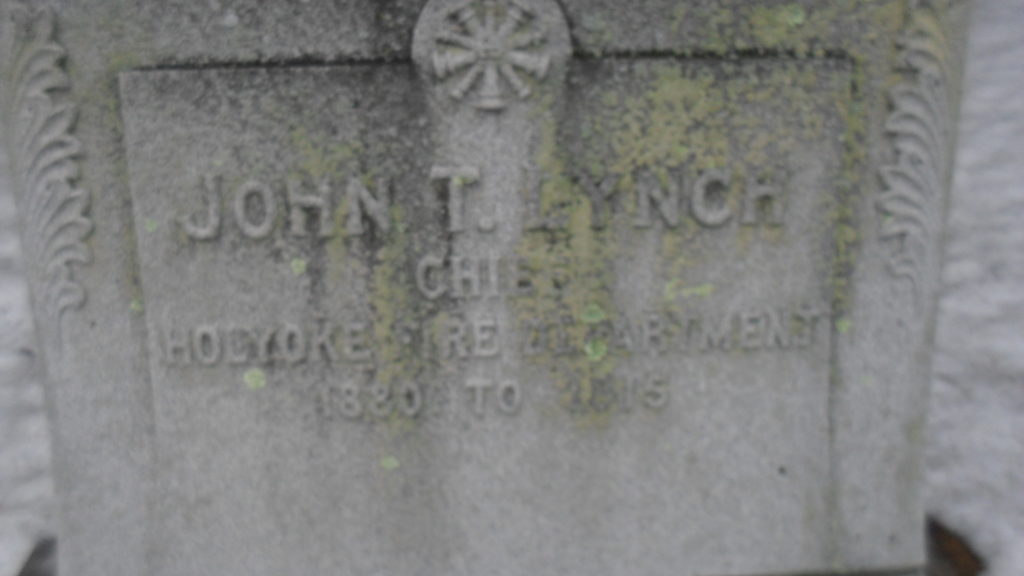
John Lynch was the chief of the Holyoke Fire Department from 1880 to 1915. He helped save many lives during the Precious Blood Church fire of 1875. Story is that he entered the loft and saved 20 lives there. His brother James Lynch died during a August 1 1908 fire in Holyoke.
stop 6 – Thomas Carmody
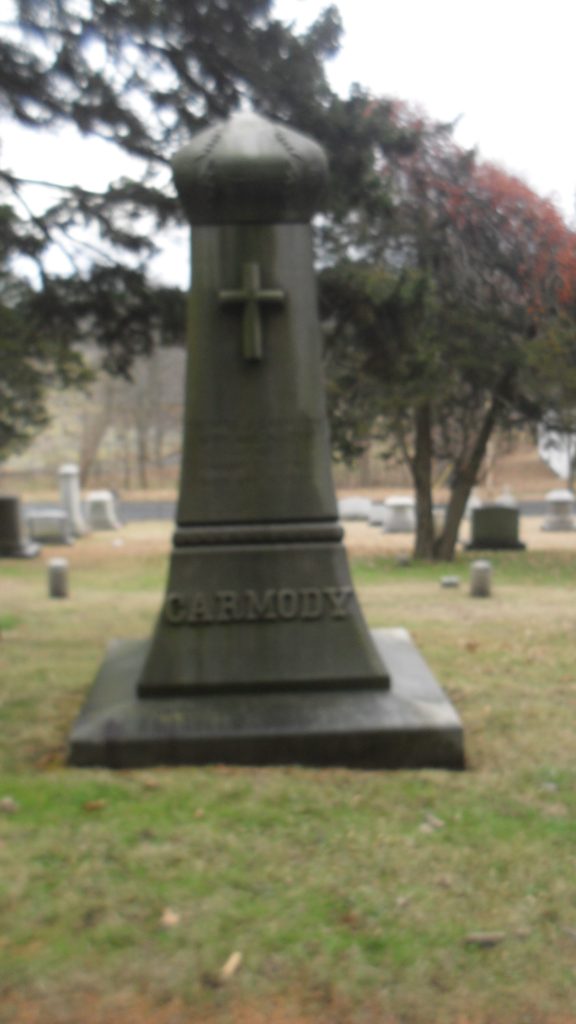
Thomas Carmody was the head of the Holyoke Water Works commission for a half century. Soon after the Manhan Dam and Reservoir was built in Southampton in 1957, the reservoir was named after him.
stop 7 – John Madden
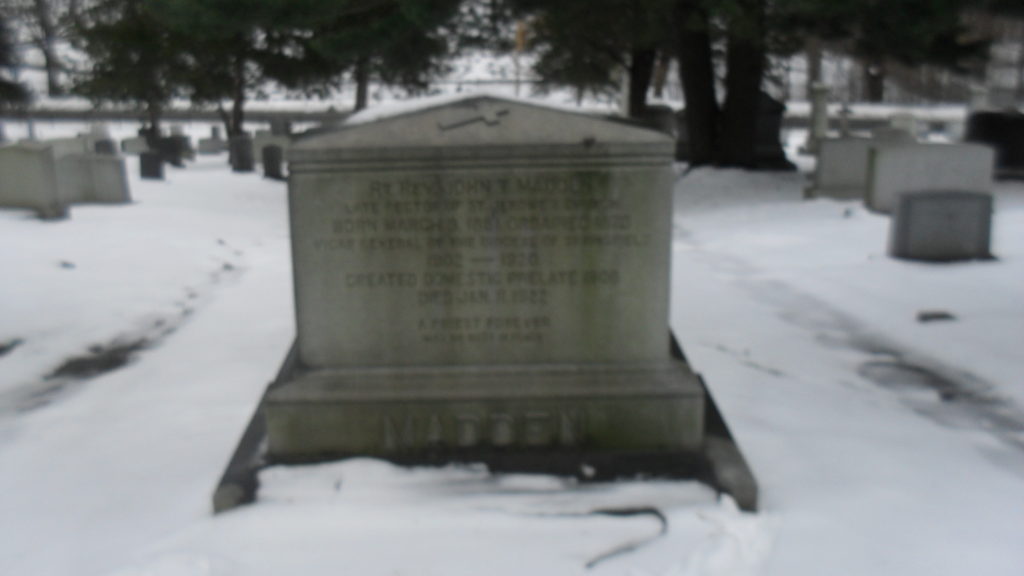
John Madden was the pastor of Saint Jerome’s Church from 1910 to 1922. He was the 4th pastor of Saint Jerome Church. He changed the name of this cemetery from the Catholic Cemetery of Holyoke into Saint Jerome’s Cemetery in 1911.
stop 8 – Notre Dame nuns
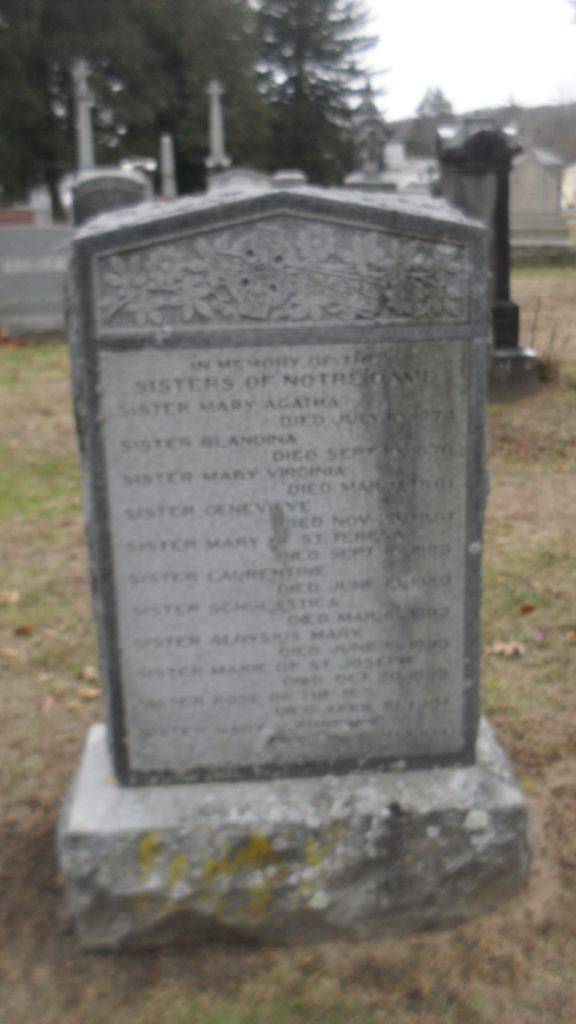
The Notre Dame nuns are buried here. They ran the girls’ school associated with Saint Jerome’s Church called the Notre Dame School. Their convent was the one that faces onto Chestnut Street.
stop 9 – Nagle sisters
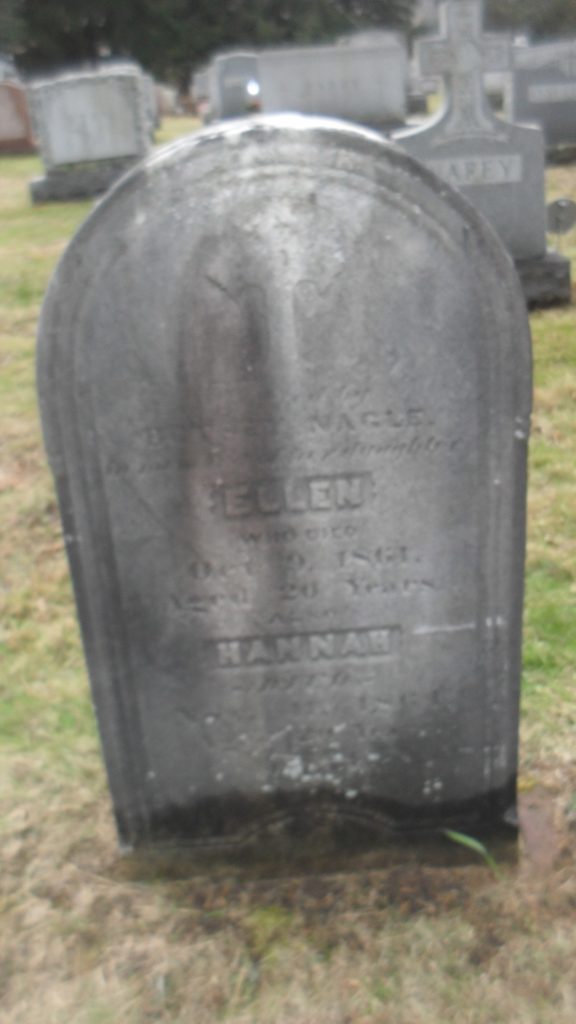
Ellen Nagle who died in October of 1861 is most likely not buried here. This cemetery opened in 1864 so her sister Hannah is most likely buried here. Ellen is most likely buried in the Calvary Cemetery in Chicopee.
stop 10 – Moise LaFrance
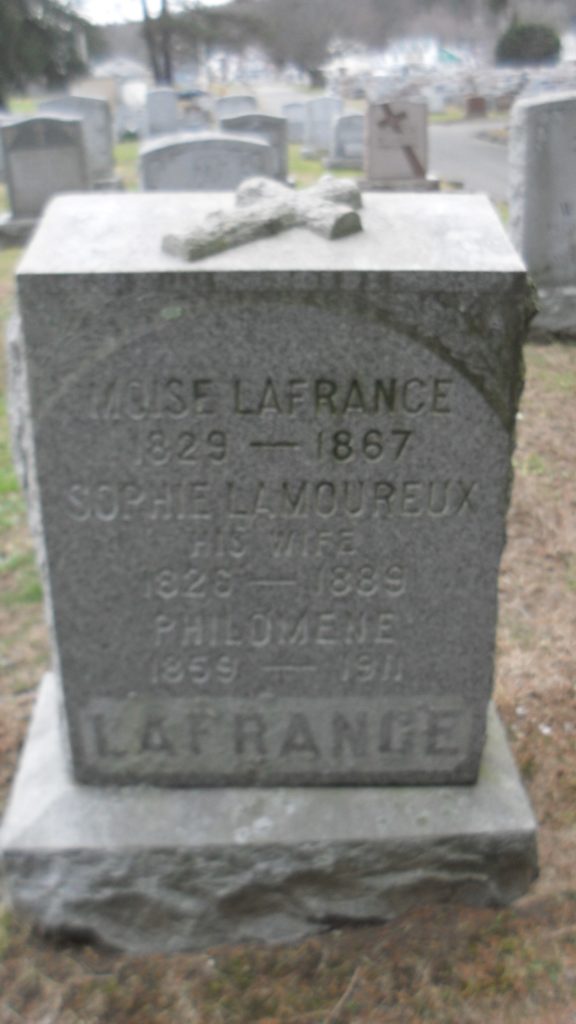
Moise LaFrance was buried in this cemetery in 1867. The first Catholic church associated with Quebec immigrants was the Precious Blood Parish started in 1869. Their first cemetery started in 1875. Thus French Canadians were buried in Saint Jerome’s Cemetery until 1875. Eight of the victims of the Precious Blood Church fire are buried here.
extra – Marian Nuns of Holyoke
Sanborn map analysis: (all such maps earlier than 1915 in Holyoke do not show any of the cemeteries)
Sanborn 1949 map shows the chapel for the first time
